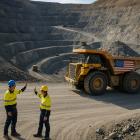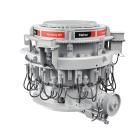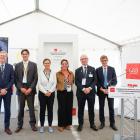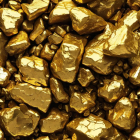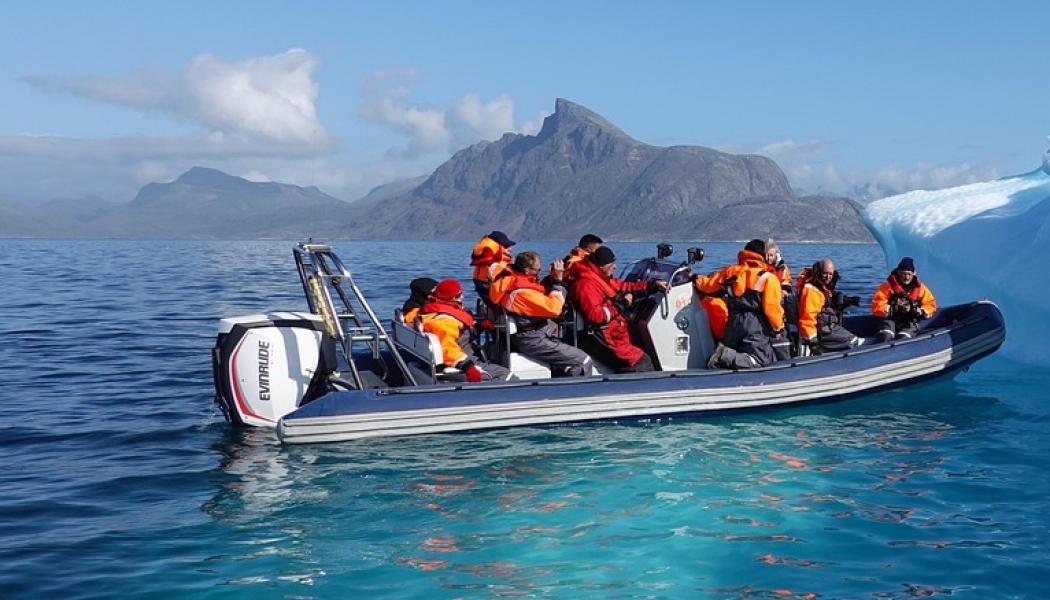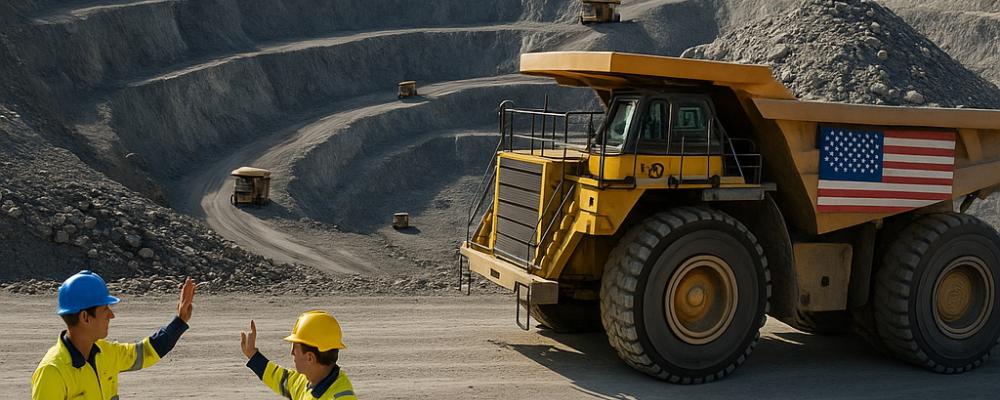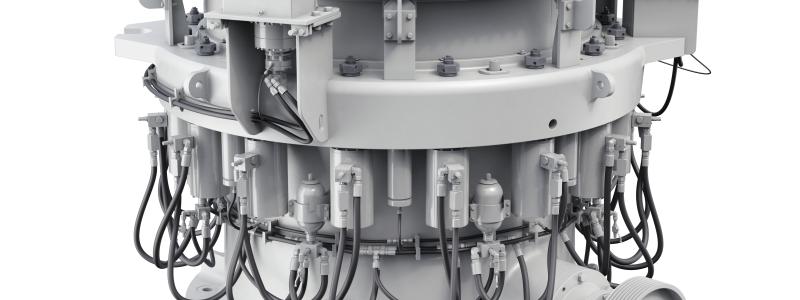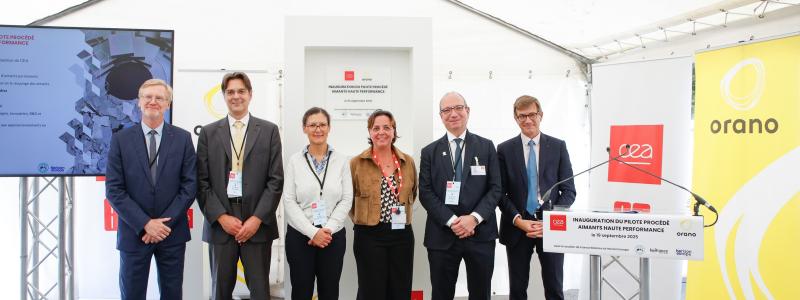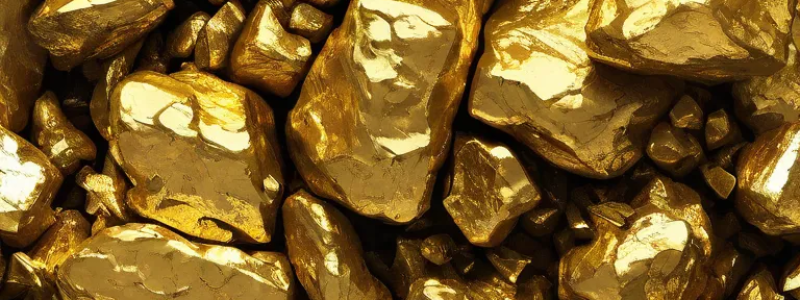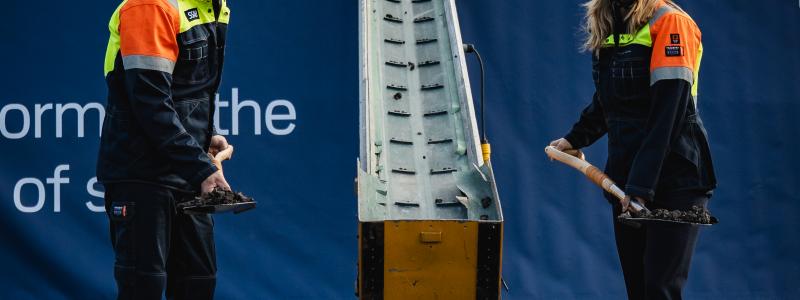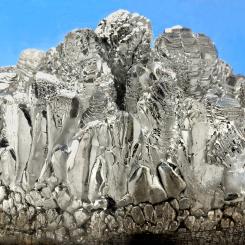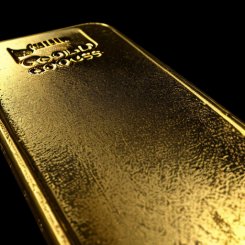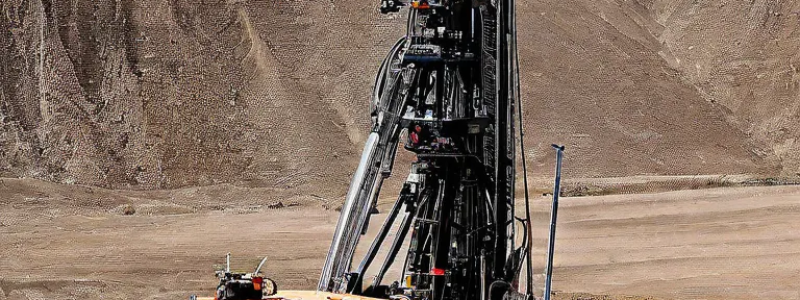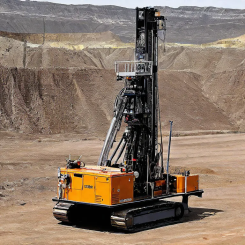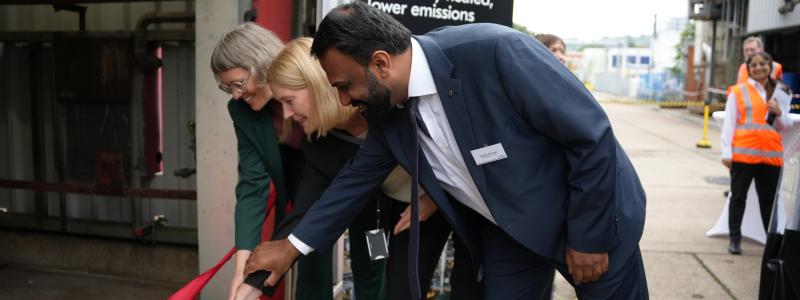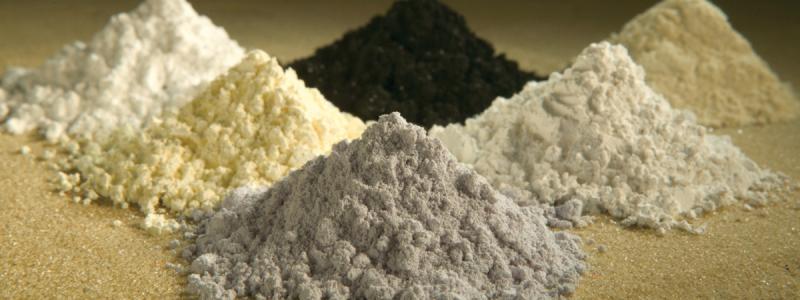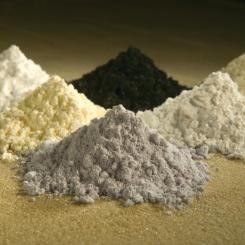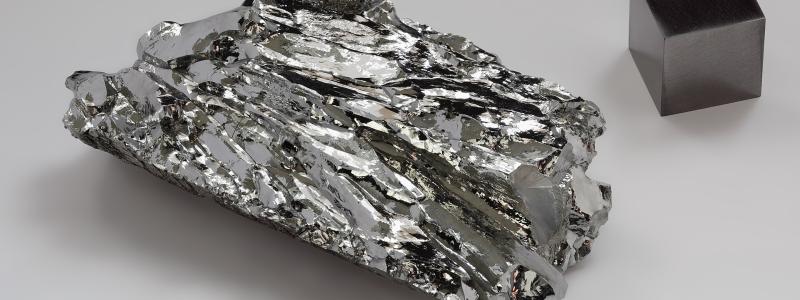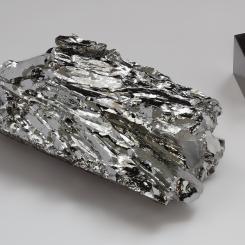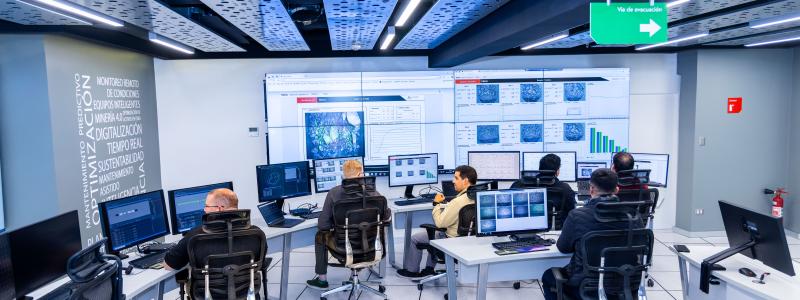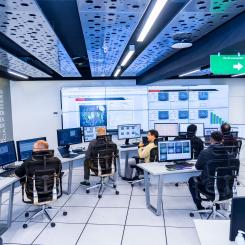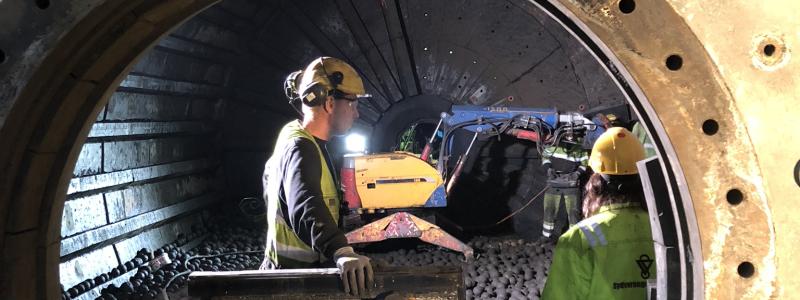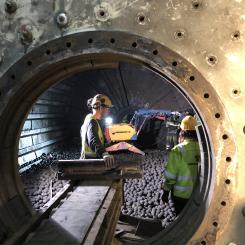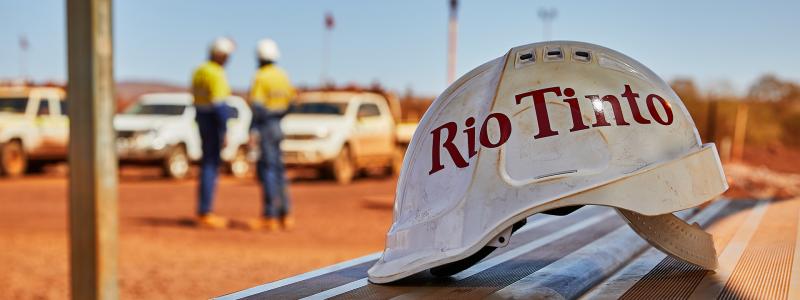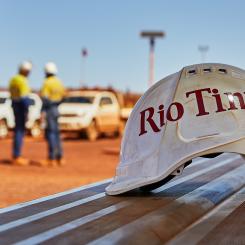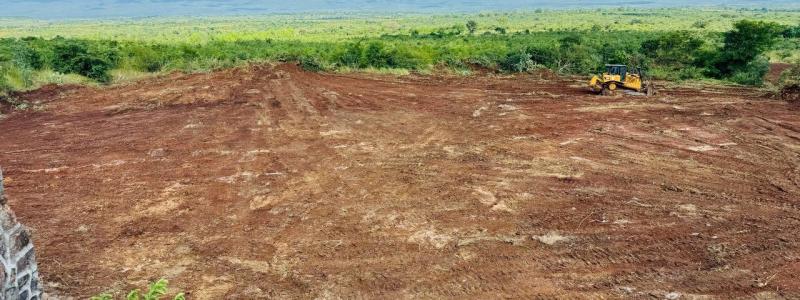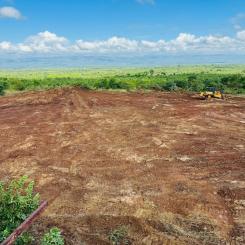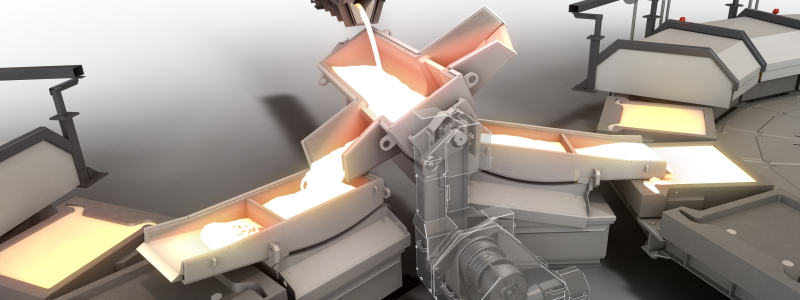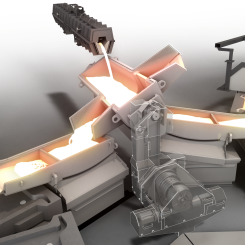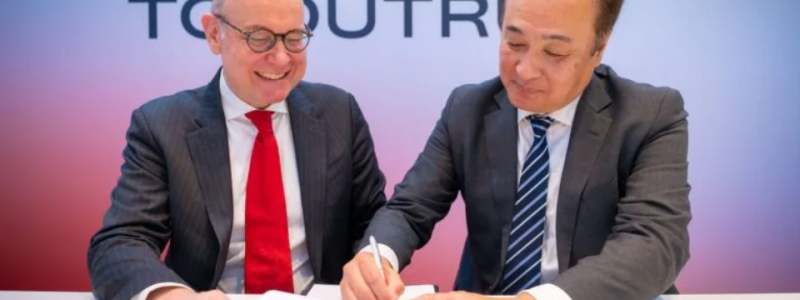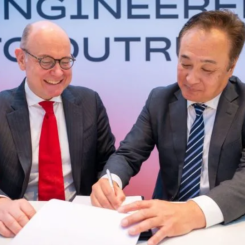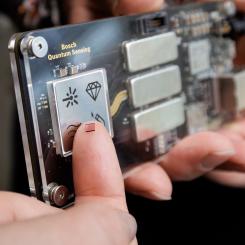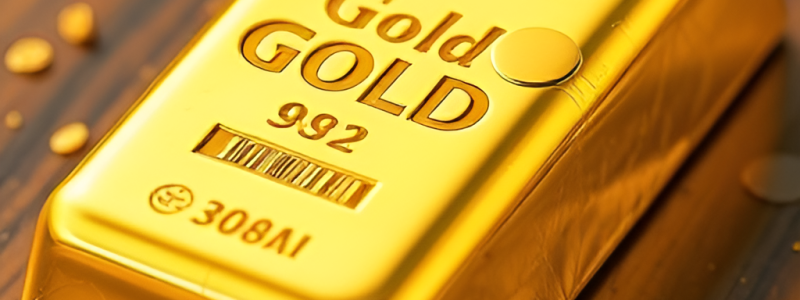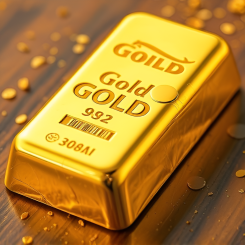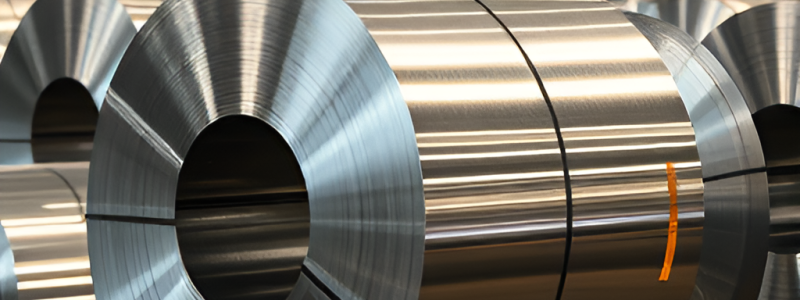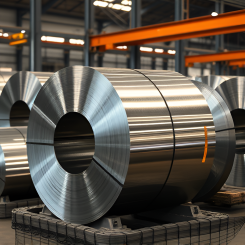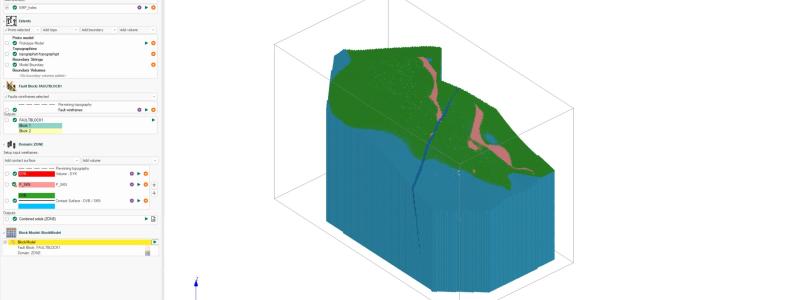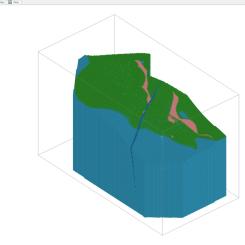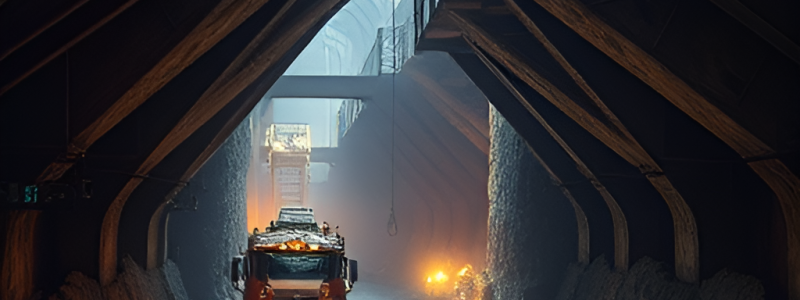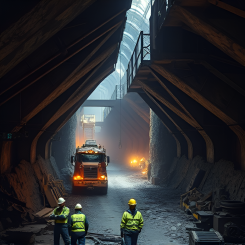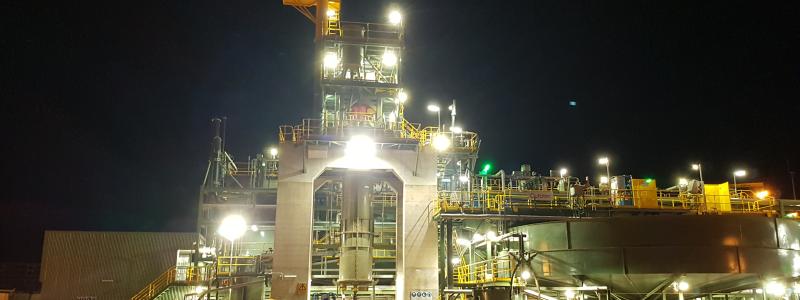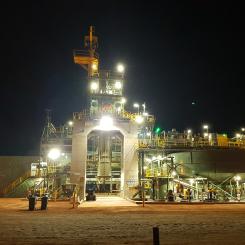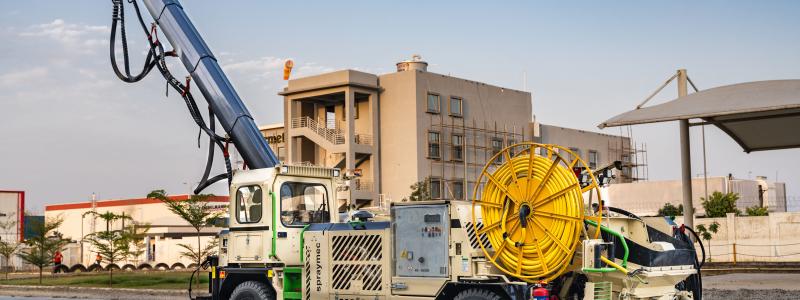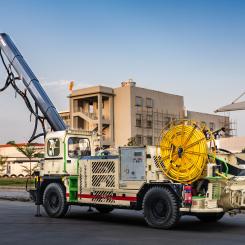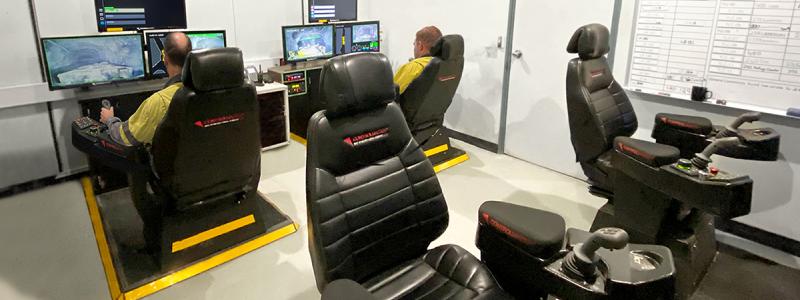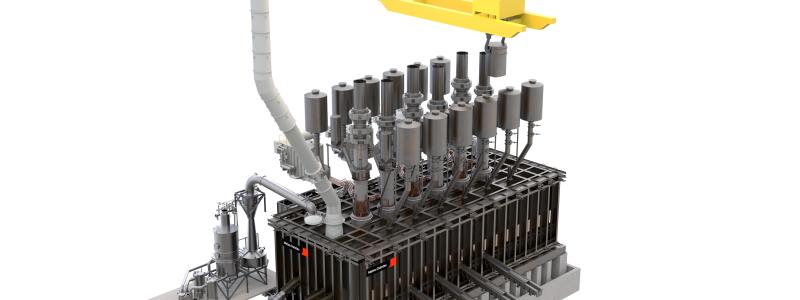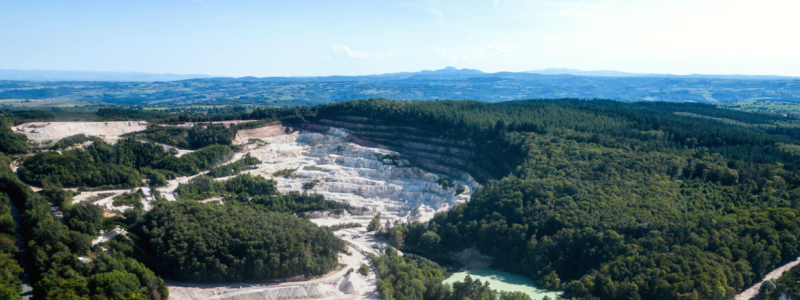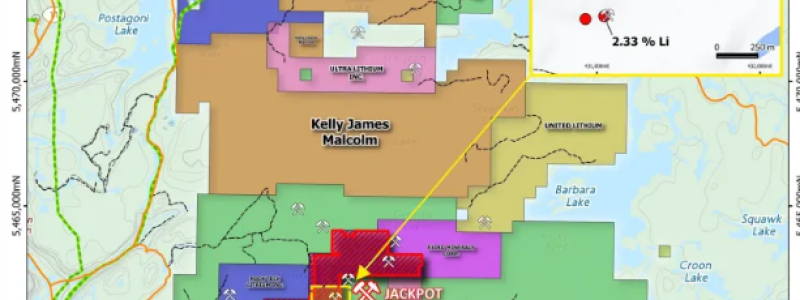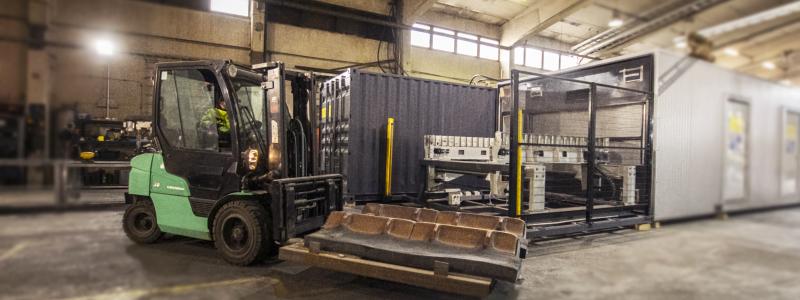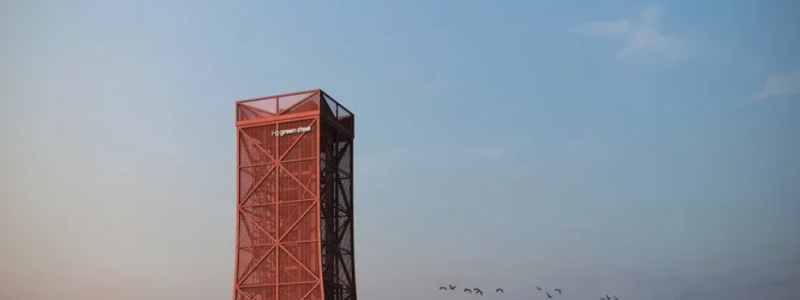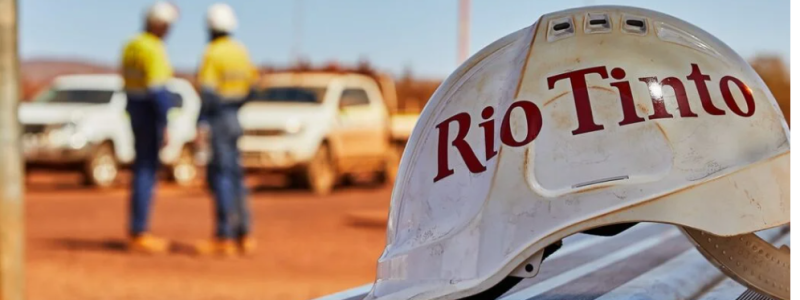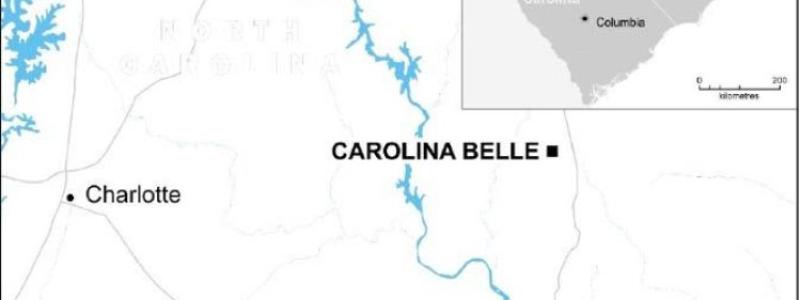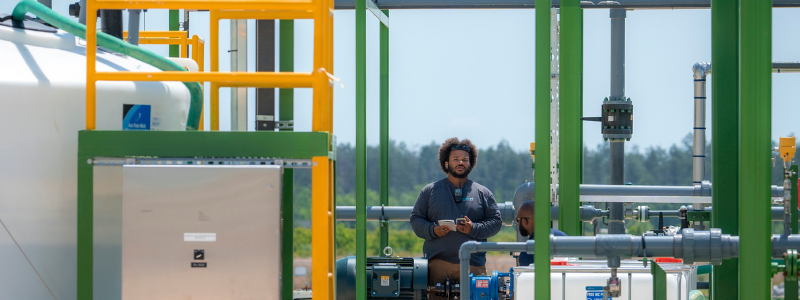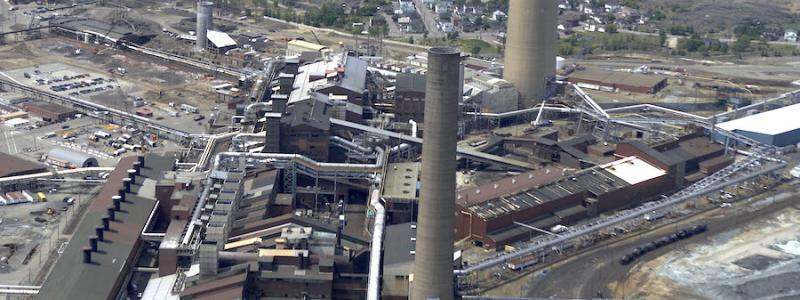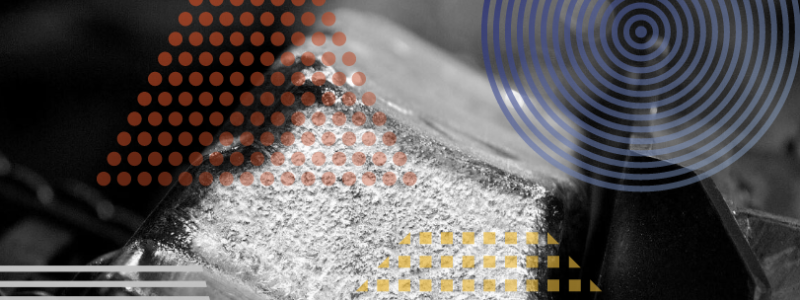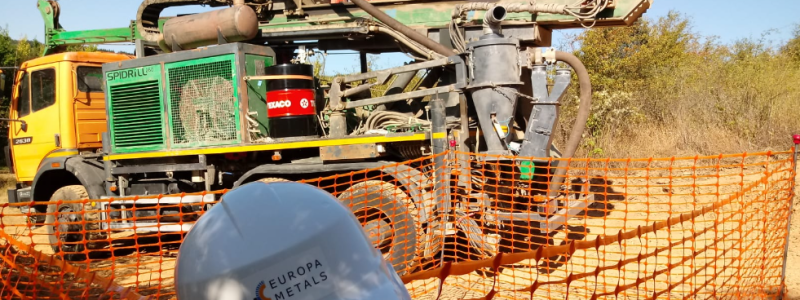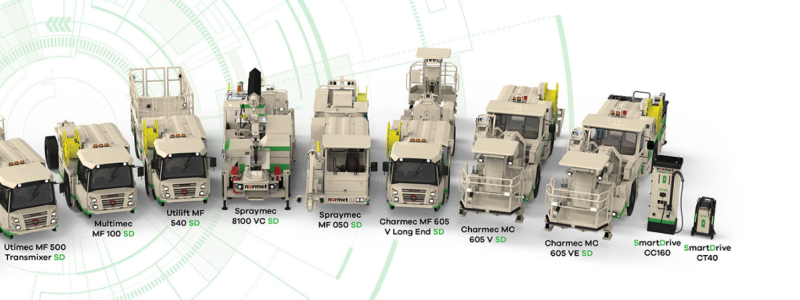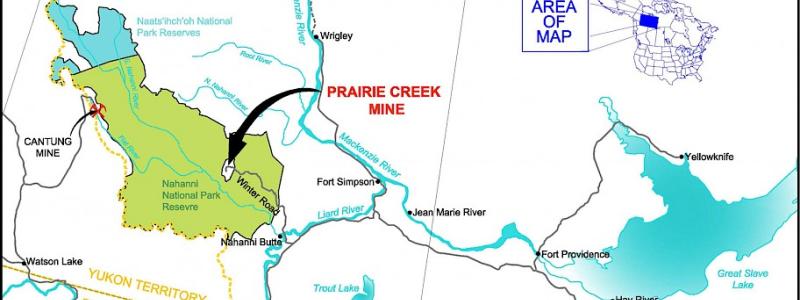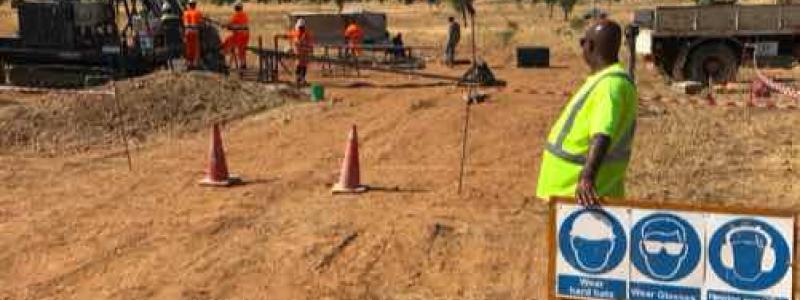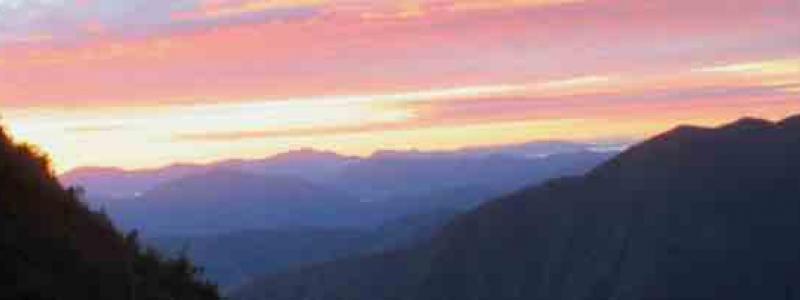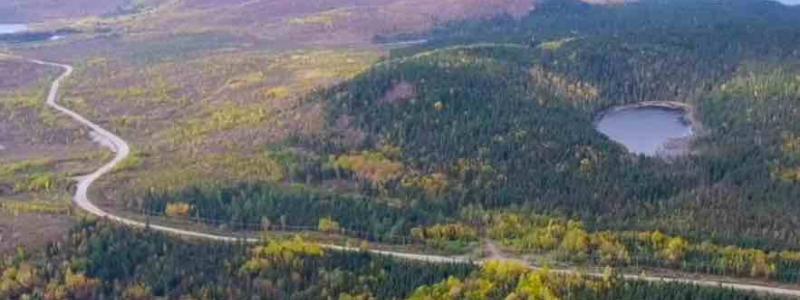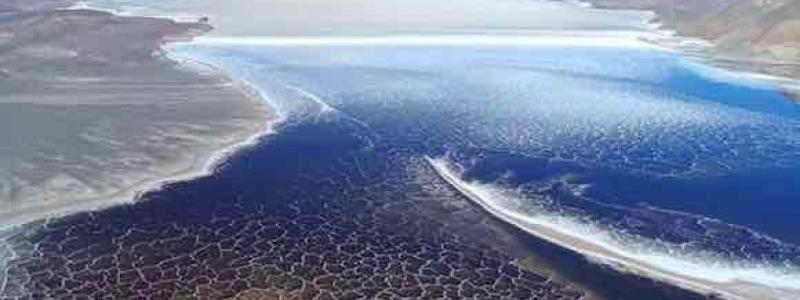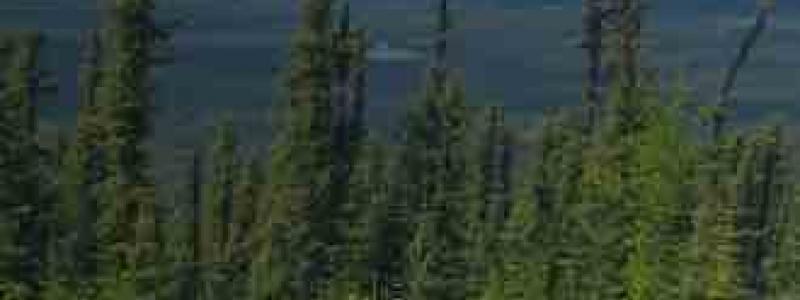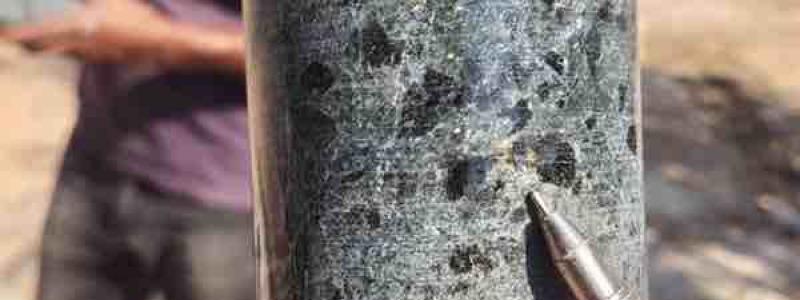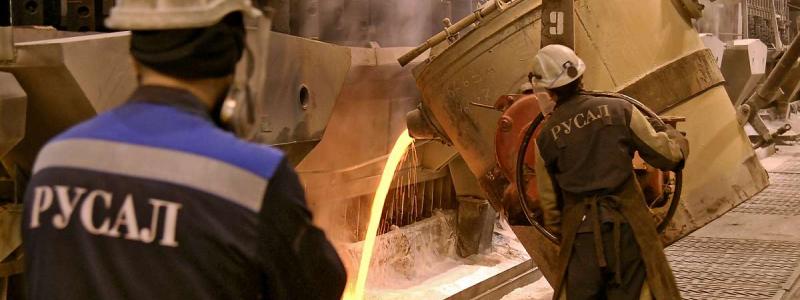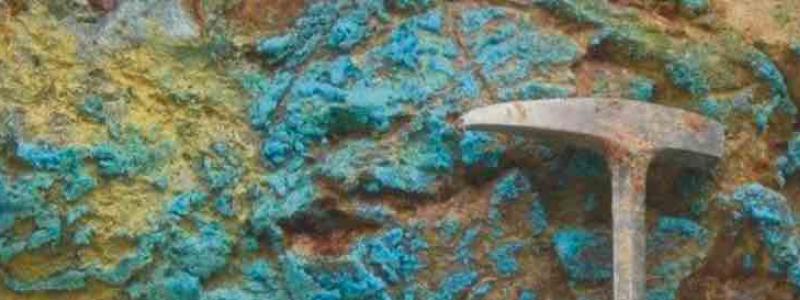Greenland, home to some of the world’s largest untapped deposits of rare earth elements, has emerged as a strategic player in the global scramble for critical minerals. These resources are essential for modern technologies – from electric vehicles and wind turbines to smartphones, defence systems and submarines.
As tensions between Washington and Beijing deepen, rare earths have become a powerful bargaining chip. China’s dominance in supply chains has long given it leverage in trade disputes. Recently, US Treasury Secretary Scott Bessent announced that Washington and Beijing had reached an agreement to ease exports of these metals to the United States.
At the same time, both the EU and the US are increasingly turning their attention to Greenland as a potential alternative to reduce dependence on China.
New investments on the horizon
Eldur Olafsson, CEO of Amaroq Minerals – Greenland’s largest mining company – says the firm recently raised £45 million in new capital from European and American investors. Talks are also under way with publicly backed financial institutions in both the EU and the US.
– It matters greatly where you seek investors when operating in Greenland, because this is also a geopolitical question. It is crucial to have support from Europe, Denmark, Iceland – the Nordics – and the United States, Olafsson told international media.
Amaroq currently runs a gold mine in southern Greenland but plans to expand into rare earth extraction in the coming years.
Politics and self-determination
Greenland’s strategic importance has not gone unnoticed in Washington. Former US President Donald Trump repeatedly expressed interest in “buying” the island, comments that were firmly rejected in Nuuk.
– Greenland will never, ever be a property that can be purchased by anyone, said Prime Minister Jens-Frederik Nielsen earlier this year, describing the US remarks as disrespectful.
Even so, Greenland’s government has signalled that it welcomes increased Western investment to develop its mining sector over the next decade.
Naaja Nathanielsen, Minister for Business and Mineral Resources, confirmed that the US Export-Import Bank and several EU member states have shown interest in supporting Greenlandic projects.
– For us, China’s dominance and protectionism have been an obstacle to reaching global markets. We have tried to emphasise the importance of building supply chains with like-minded countries, from stable democracies such as Greenland, and to diversify those chains, Nathanielsen said.
Harsh Arctic conditions
Despite the potential, developing Greenland’s resources is far from simple. According to Gracelin Baskaran, head of the Critical Minerals Security Program at the Washington-based CSIS think tank, critical minerals are increasingly being “weaponised” in geopolitics.
– When mining companies make decisions, project economics are always the top priority. A challenge in Greenland is that 80 per cent of the island is covered by ice, which makes the cost of accessing deposits higher than in many other locations, Baskaran explained.
Beyond costs, strict environmental rules and the harsh Arctic climate create additional hurdles. The Greenlandic population supports resource development, but under firm safeguards to protect nature and ecosystems.
A global race for resources
The global shift to fossil-free energy is intensifying competition for critical minerals. For the EU, which has set a target of processing 40 per cent of strategic raw materials within the bloc by 2030, finding new sources is vital.
From lithium and cobalt to rare earths, the minerals that power batteries, wind turbines and electricity grids have become as strategically important as oil once was.
– There is an international race underway to determine who will control the mineral flows of tomorrow, Baskaran noted.
For Greenland, the future is therefore both full of opportunity and risk – a balancing act between attracting Western capital and maintaining strict environmental standards. The outcome may determine not only the island’s economic path, but also its geopolitical role in a rapidly changing global resource landscape.
Sources: Amaroq Minerals, CSIS, official statements from the Government of Greenland, international media


